Tag: cello
-
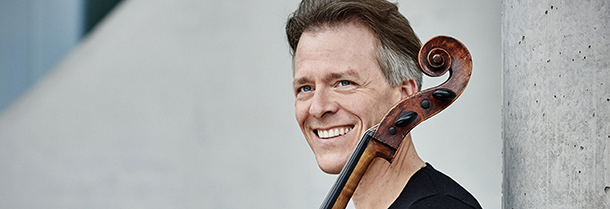
PROGRAM NOTES: ALBAN GERHARDT & STEVEN OSBORNE
Johann Sebastian Bach Cello Suite No. 2 in D minor BWV 1008 The instrumental suite, with its predictable allemande-courante-sarabande-gigue sequence of dances and its un-predictable addition of various galanteries (minuets, bourrées, gavottes, etc.), was a staple of the Baroque. Arising from neither of the period’s two great wellsprings of musical emotion – religious piety and…
-
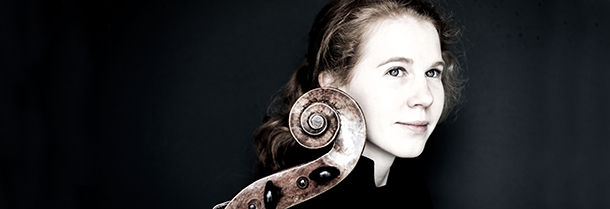
PROGRAM NOTES: HARRIET KRIJGH & MAGDA AMARA
Felix Mendelssohn Cello Sonata No. 2 Op. 58 Mendelssohn’s second sonata for cello and piano reveals him as the Classical-Romantic hybrid that he was. An effortless practitioner of Classical etiquette in the construction of symmetrically balanced phrases, he eagerly took part in the Romantic age’s fascination with tonal colour and virtuoso keyboard writing. This sonata…
-
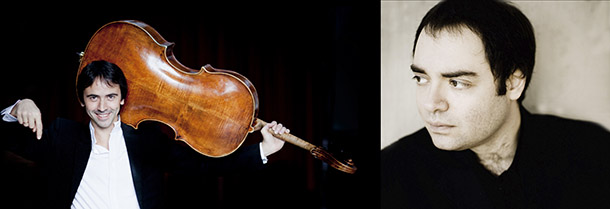
PROGRAM NOTES: WINTERLUDE – SUPER SUNDAY WITH JEAN-GUIHEN QUEYRAS & ALEXANDER MELNIKOV
Robert Schumann Fünf Stücke im Volkston Op. 102 The late 1840s saw Schumann take up “house music” in a big way. This does not mean that he began to DJ at raves, playing dance music with repetitive drum tracks and synthesized basslines. Rather, he had a productive period composing music specifically designed for the home…
-
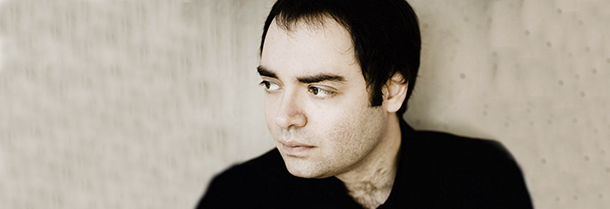
PROGRAM NOTES: WINTERLUDE – SUPER SUNDAY WITH ALEXANDER MELNIKOV
Sergei Rachmaninoff Variations on a Theme of Chopin Op. 22 Chopin’s funereal, passacaglia-like Prelude in C minor from his collection of 24 Preludes Op. 28 provides the theme for Rachmaninoff’s first large-scale work for solo piano, his Variations on a Theme of Chopin, completed in 1903. Taking as his point of departure the prelude’s hymn-like…
-
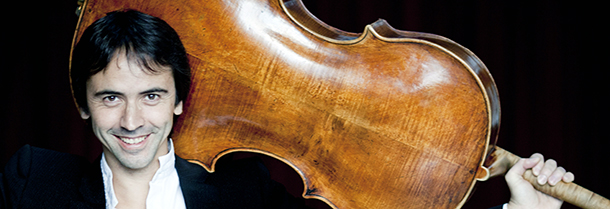
PROGRAM NOTES: WINTERLUDE – SUITE SATURDAY WITH JEAN-GUIHEN QUEYRAS
A Bit of History Few scholars doubt that Western music was better off for the release of a certain “Bach, Johann Sebastian” from the county jail in Weimar where he had languished, in unsuitable company, for the better part of a month in the autumn of 1717. Court organists can be a stroppy crew at…
-
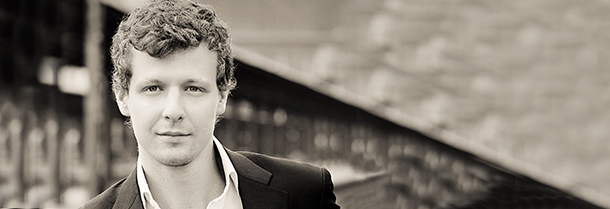
PROGRAM NOTES: ISTVÁN VÁRDAI
Felix Mendelssohn Variations Concertantes Op. 17 Felix was not the only musician in the Mendelssohn family. His older sister Fanny Mendelssohn Hensel (1805-1847) was a prodigiously talented pianist and composer, although she chose marriage over a public career, and his younger brother Paul Mendelssohn (1812-1874) was no slouch as a cellist, to judge by the…
-
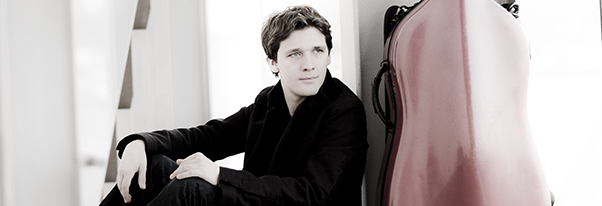
PROGRAM NOTES: MAXIMILIAN HORNUNG & BENJAMIN ENGELI
Robert Schumann Fünf Stücke im Volkston, Op. 102 Long before Martha Stewart made middle-class home furnishings a “thing,” the Biedermeier period (1815-1848) ushered in a bourgeois age of cozy home interiors that celebrated domestic family life and gave music a prominent place within it. Biedermeier Europe enjoyed the blessings of peace after the defeat of…
-
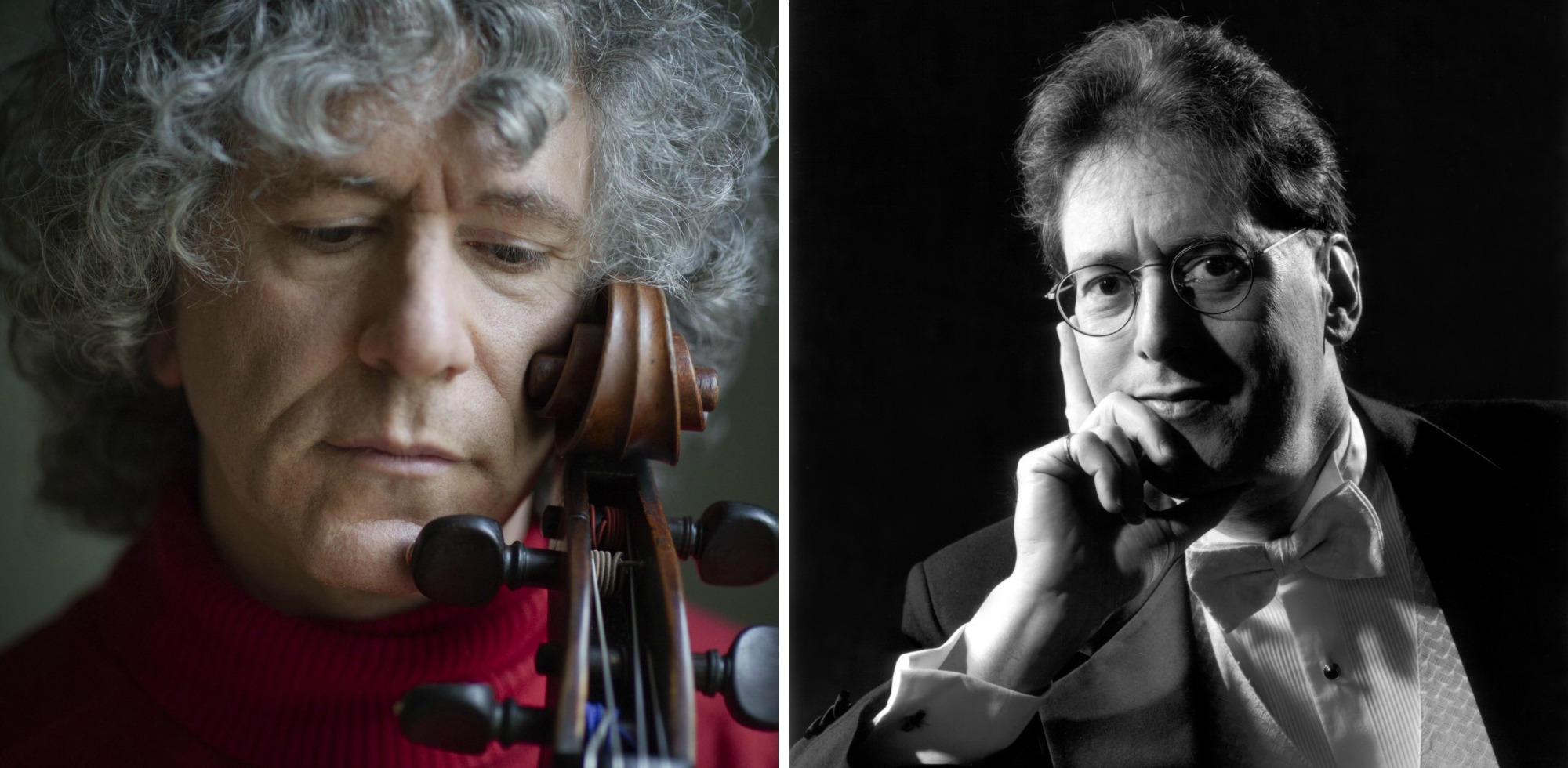
PROGRAM NOTES: STEVEN ISSERLIS & ROBERT LEVIN PERFORMANCE 2
Ludwig van Beethoven 7 Variations on Bei Männern, welche Liebe fühlen from Mozart’s Die Zauberflöte Wo046 Beethoven’s second set of cello and piano variations on a tune derived from Mozart’s Magic Flute was composed in 1801, five years after his previous Ein Mädchen oder Weibchen variations of 1796. In this set, Beethoven picks another simple…
-

PROGRAM NOTES: STEVEN ISSERLIS & ROBERT LEVIN PERFORMANCE 1
Ludwig van Beethoven 12 Variations on a Theme from Handel’s Judas Maccabaeus Wo0 45 In 1796 Beethoven paid a visit to the court of King Friedrich Wilhelm II in Berlin, and cellists the world over are glad that he did. From this visit resulted a number of works for cello and piano that set the…
-
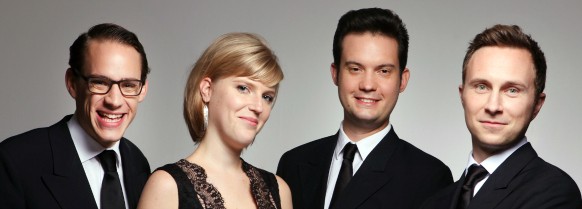
PROGRAM NOTES: DORIC STRING QUARTET
FRANZ JOSEPH HAYDN String Quartet in D minor, Op. 76, No. 2 Those of us wondering in our spare moments what a happy retirement consists of might do well to consider the case of one Franz Joseph Haydn, whose life in the years 1796-97, when his collection of six string quartets Op. 76 was written,…

